UK PMI Manufacturing was finalized at 54.1 in January, down from December’s 3 year-high of 57.5. Markit said supply chains were stretched by Brexit and COVID restrictions. Input cost and selling price inflation both accelerated.
Rob Dobson, Director at IHS Markit: “A mixture of harsher COVID-19 restrictions and Brexit led to near-record supply-chain disruptions, lower exports and increased costs… The hope is that the current constraints will start to ease once COVID-19 restrictions are lifted, vaccines are rolled out and ports, suppliers and manufacturers adapt to the new trading environment post-Brexit. If so, supply, demand and production bottlenecks should slowly work through the system and growth will not be knocked too far off course through 2021. However, there is no swift end in sight to these headwinds, and the longer the current circumstances remain the greater the potential damage to the sector and its suppliers.”




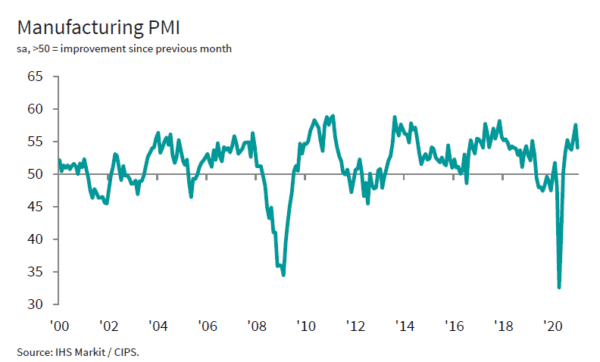
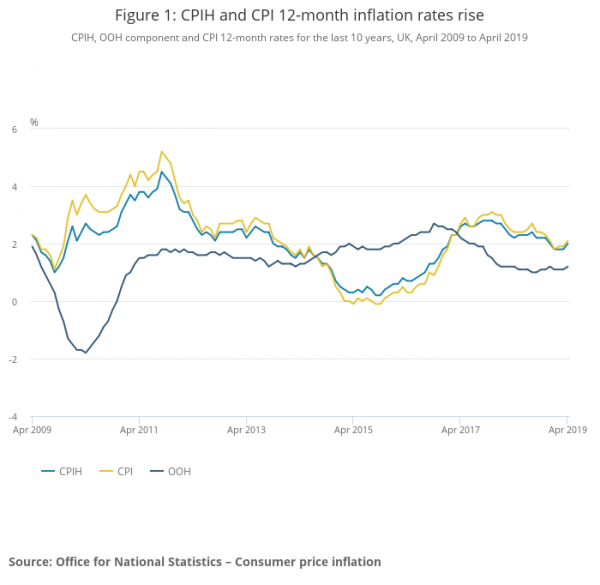
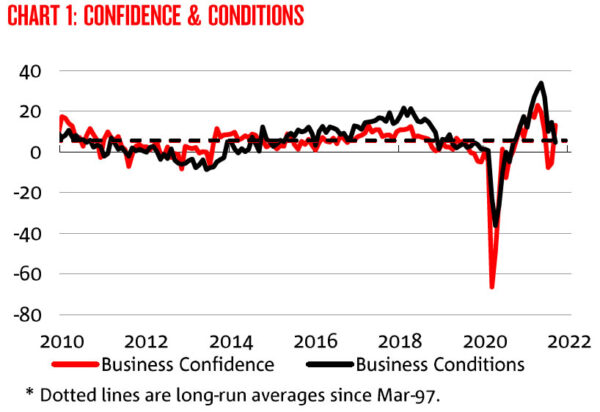
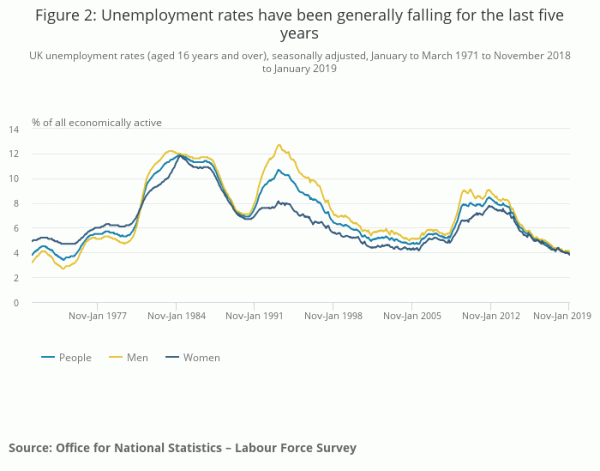
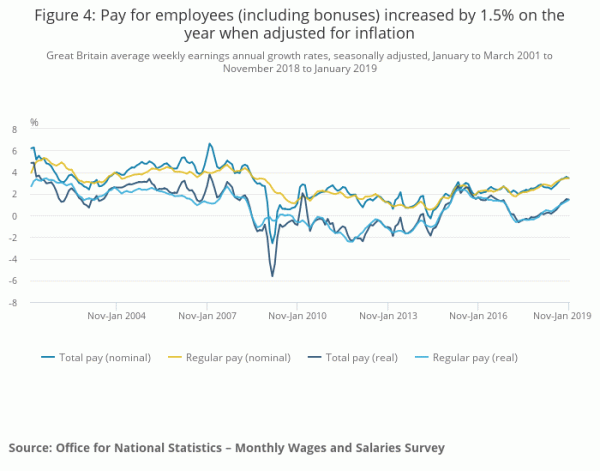
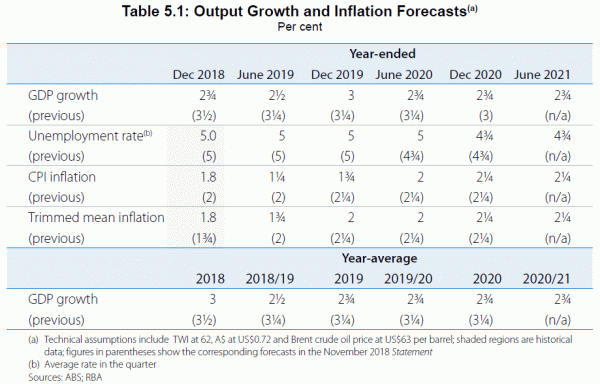
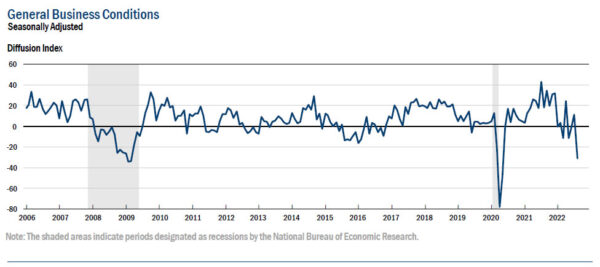

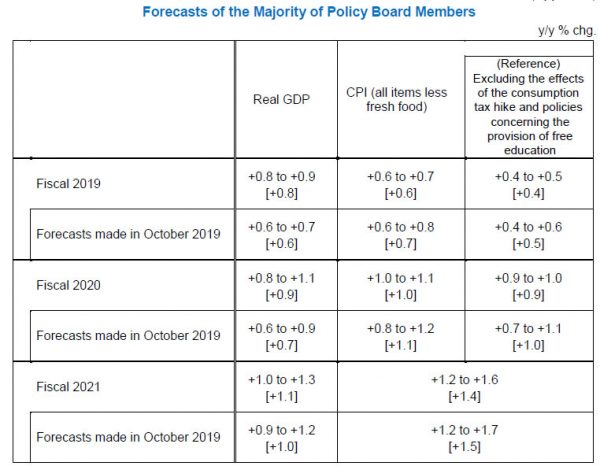
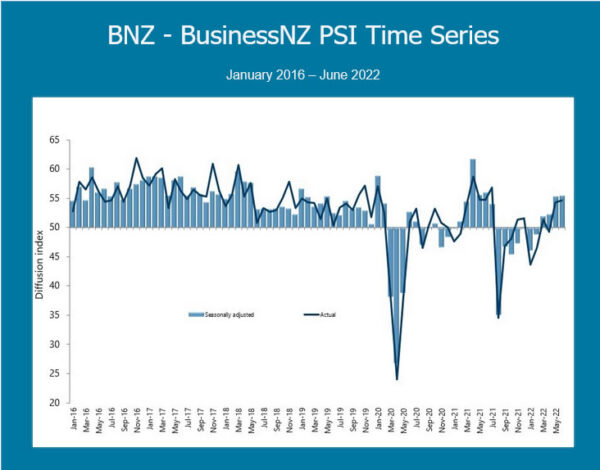
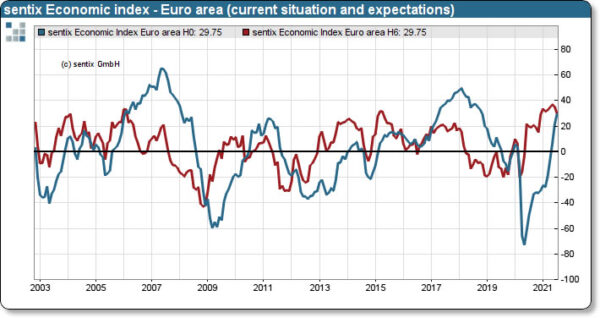
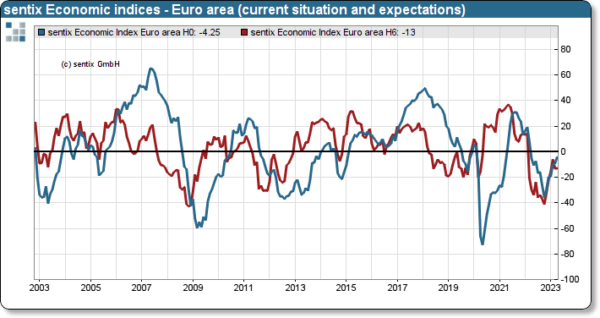
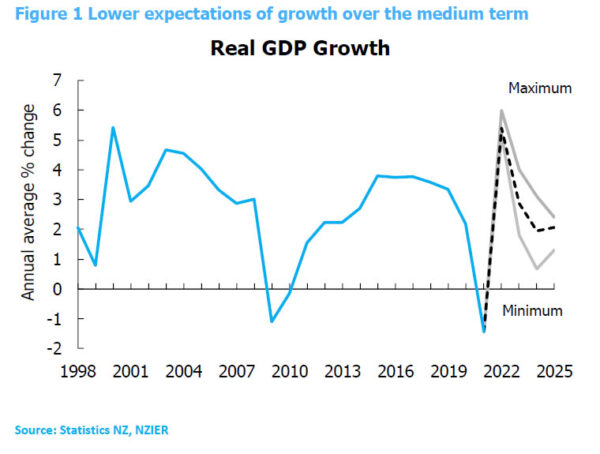
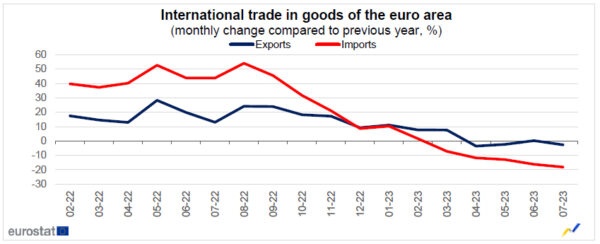
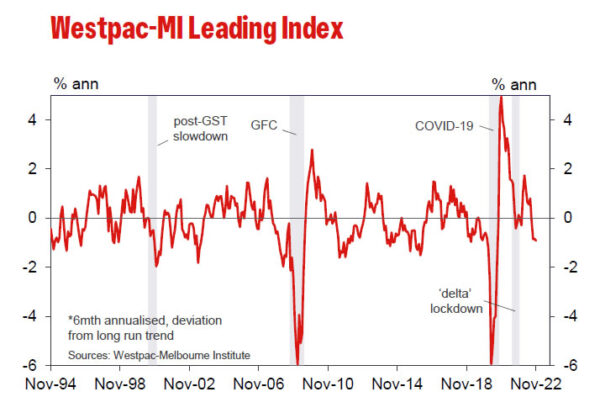

China PMI manufacturing rose to 52.6, highest since 2012
China official PMI Manufacturing rose from 50.1 to 52.6, above expectation of 50.7. That’s also the highest reading since April 2012. PMI Non-Manufacturing rose from 54.4 to 56.3, highest since March 2021. PMI Composite rose from 52.9 to 56.4.
“In February, the economic stabilisation policy measures further took effect, coupled with the epidemic’s impact receding and other favourable factors, the speed of enterprises to resume production accelerated, meaning China’s economic prosperity level continued to rebound,” said senior NBS statistician Zhao Qinghe.
Also released, Caixin PMI Manufacturing rose from 49.2 to 51.6 in February, slightly above expectation of 51.3. That the first expansion reading in 7 months, and the second-highest since May 2021. Caixin added there were renewed increases in output, new orders and employment. Suppliers’ delivery times improved at the quickest rate for eight years. Business confidence also strengthened to near two-year high.
Full Caixin release here.